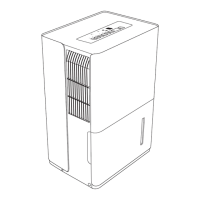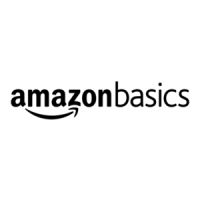What to do if my AmazonBasics B07XKGLMR8 Dehumidifier displays error code P2?
- MMary AndersonAug 7, 2025
If your AmazonBasics Dehumidifier shows the error code P2, it means the water container is full. Empty the bucket. Also, ensure the water container is correctly placed in the housing; rearrange it until it fits properly.


